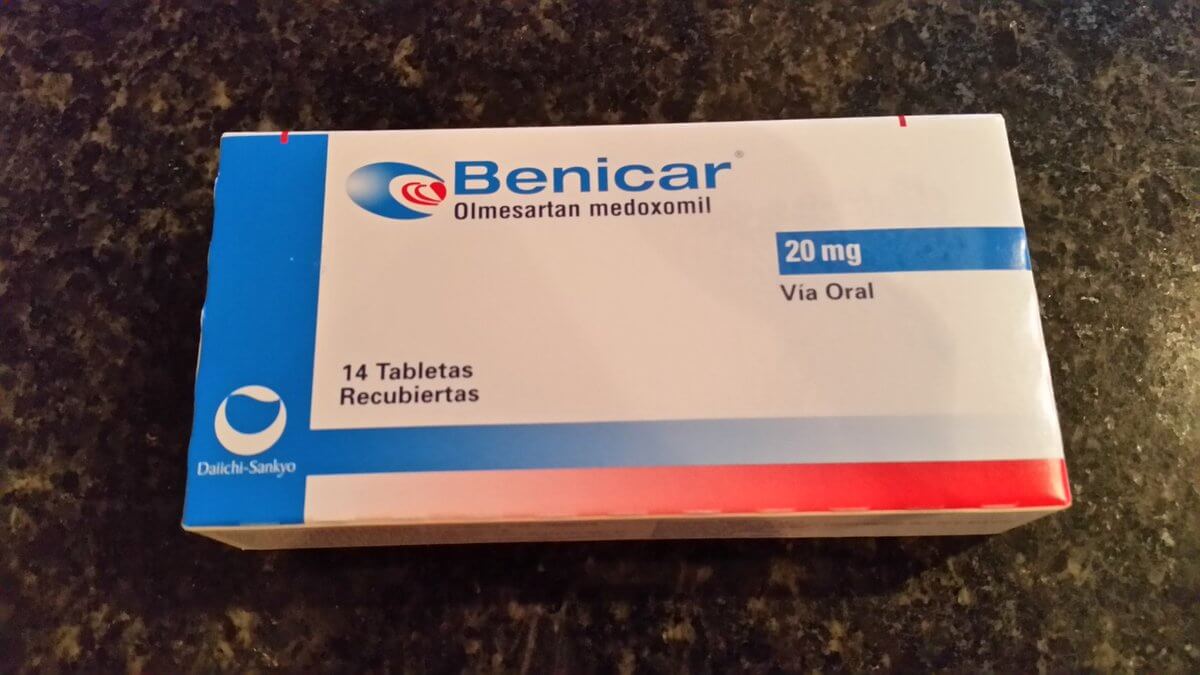As the Benicar litigation moves slowly toward 2017 bellwether trial dates, a New Jersey judge decided European executives from Daiichi Sankyo will not need to testify in the upcoming trials. Depositions have already been obtained from both Japanese and U.S. executives.
While Daiichi Sankyo might feel a small sense of relief from the judge’s decision, the company still faces more than 1,700 lawsuits alleging it failed to properly warn consumers of the risks associated with taking Benicar.
What Is Benicar?
Benicar is a prescription medication used for the treatment of high blood pressure and heart failure. Developed in 1995 and approved 2002, Benicar works by relaxing blood vessels so they can move blood with less effort, thereby relieving blood pressure.
Unfortunately for Benicar patients, the drug has one very serious and debilitating side effect – sprue-like enteropathy. Sprue-like enteropathy causes intestinal problems including severe, chronic diarrhea coupled with substantial weight loss.
Sprue-like enteropathy is usually difficult to diagnose because its symptoms are similar to another condition called Celiac Disease, or the sensitivity to gluten. Many plaintiffs in the Benicar litigation suffered horrible side effects for months or years before their sprue-like enteropathy was correctly diagnosed and linked to Benicar.
How Did Benicar Become Popular?
With such debilitating side effects, it might be difficult to imagine how Benicar became one of the most popular medications for the treatment of high blood pressure. Daiichi Sankyo overcame this obstacle with a huge investment in marketing. Between 2002 and 2008, the company reportedly spent $1 billion on advertising.
It was purely advertising that kept Benicar ahead of its competitors. No other high blood pressure medications have been shown to cause sprue-like enteropathy in patients, so patients had safer alternatives, but Benicar’s advertising overshadowed them.
Lawsuits against the company have taken off, and it is likely more cases will continue to be filed before the first bellwether trial ever makes it to court.

